PREPARING YOUR HORSE FOR WINTER
How To Prepare Your Horse For Cold Weather
Fall is already here and we all have started to feel the chilly fall vibes everywhere! This has only one meaning: WINTER IS AROUND THE CORNER!
Either in icy and extremely cold areas or in rainy and slightly colder areas, winter can be stressful for horses. Most healthy horses are already equipped with natural defenses against the harsh winter such as growing a tick coat and increasing body fat ratio. However, they still require extra attention to stay healthy and keep their condition in this stressful season. Before the temperature starts to go down even faster, fall is the most appropriate time to check on your horse and prepare him to face cold weather.
This week, we have created a checklist to point out the most important stages of winter preparation for horses:
The very first step of winter preparation should be the condition check. A detailed condition check will help you make the best care and exercise strategy for your horse. You can start by assessing his Body Condition Score. Body Condition Score is a number between 1-9 that indicates the horse’s weight and body fat level. According to Dr. Bob Coleman of the University of Kentucky, a healthy horse should have a BCS of 5 or really close to 5. You can ask your veterinarian to help you check the current BCS of your horse before making winter care plans. Also, don’t forget to consider his age, recent performance, any recent injury, and his mental state.
Checking and tracking the body condition score is the easiest way to decide on how to feed your horse. Is he getting fat or thin or is he just keeping his best weight? Does your horse have enough body fat to provide insulation during the winter? Make sure to check the neck topline, withers, ribs, back topline, and hips to see if your horse has body fat stocked around these areas. If he has enough body fat, he will have enough insulation but he shouldn’t be overweight!
For horses below BCS 5, you should increase calorie intake by adding extra hay and some grains. Hay is the greatest source of energy for horses in winter. The pasture grass slowly disappears or becomes inedible for horses because of the cold. At this point, hay enters the game. It is storable for a long period of time and can be easily found anywhere. More importantly, it provides energy and helps the horse create the body heat that he will need in the cold so you should stock an enough amount of high-quality hay in the fall season to avoid facing hay shortage in the midwinter!
Horses can eat 2% of their body weight a day but for horses with BCS lower than 5, this can be increased. Make sure to weigh your hay before feeding and keep it available for your horse during the day.
A proper amount of water intake encourages horses to eat the proper amount of hay and grains. Therefore, water and feed intake are generally connected to each other. The problem with watering in winter is that the water gets extremely cold or even frozen. This situation discourages horses from consuming an adequate amount of water and, in long term, they may lose their appetite because of dehydration. Recent studies have shown that warm water results in higher water intake, hence better body condition. Keep in mind to check the water sources around the barn and prevent them from freezing. If possible, try to warm the water up to 4 degrees Celsius (39 degrees Fahrenheit).
Mineral intake is another vital element in keeping your horse in good shape. The sodium requirement of an average horse is around daily 10 grams or just below. To meet this requirement you can add some salt in their grains or provide salt blocks in the stalls and in the pasture. Salt blocks should be available for every horse and they should be away from the snow and ice. There are different salt blocks with mineral additions and in different flavors. You can get advice from your nutritionist or veterinarian for choosing the best for your horse.
A healthy horse changes its coat and grows longer body hair in autumn to keep itself warm throughout winter. A fully grown winter coat protects from cold winds and creates an air layer where the body heat can be captured. Yet, the wet winter coat can be really dangerous when the horse has to stay outside with the body hair soaked in sweat or water. The horse owners who are planning to ride in winter should consider how hard the horse will work and what conditions the horse will live in. For horses that will be worked hard and kept warm in a blanket during the winter, it is beneficial for their health to clip the long hair off. If the horse will stay in the pasture for long periods of time and won’t be worked too hard, or if the horse is too old to adjust the cold, it is better to keep the winter coat. Are you having a difficulty in deciding to clip or not to clip? Check our blog post HORSE CLIPPING TIPS.
To make the correct decisions on blanketing. there are 5 important points that you must consider: winter coat, age, body condition, shelter conditions, and the climate conditions of the location. A good winter coat will generally be enough to keep him warm but if you have already decided to clip, or if the horse is old or in a bad condition, you should consider blanketing and get the correct blanket before the winds blow colder. Correct blanketing can protect not only from the cold but also from the winds, rain, and snow. Remember that the horse has to be fully dry before blanketing. In addition, you should regularly check the coat condition under the blanket. Do you need further tips on blanketing? Check CORRECT BLANKETING FOR HORSES.
No matter how long they will stay in the pasture, horses that are in the pasture during the winter must have access to a shelter so that they can escape from cold wind, rain, or snow. Shelters can be in different forms such as trees, hay bale blocks, etc. but a three-sided run-in shelter provides the best protection for pastured horses in the cold. The size of the shelter should be enough for the herd. If there are many horses and a hierarchy among them, you should consider having more than one run-in shelter in the pasture so that even the lowest horse in the pecking is sheltered and check the condition of the shelters before the winter!
Unlike fresh pasture grass, horses will have to consume more dry feed during the winter. Chewing the hay and grains properly will help them digest easier. So, you should get your horse’s teeth checked twice a year and ideally once should be before winter. Make an appointment with your equine dentist as soon as possible and let them run a detailed dental check.
Every equestrian knows the importance of regular hoof check to avoid hoof related injuries and diseases. Horses should ideally get a farrier appointment several times during the year and one must be before winter. After consulting your farrier, you can choose the best shoeing for the winter in your country. If it gets too snowy and icy, there should be proper padding under the shoes to prevent slipping or your farrier can recommend unshoeing until the icy season ends. Furthermore, you should check if the stall floors are appropriate for the winter conditions and check your horse’s hooves every day. Especially, a detailed check before and after riding is a must to avoid snowballs and bacteria growing in the hooves due to wet footing.
You may lose your will to ride in the cold weather or hate riding under the rain or snow but studies have found that muscular strength, fitness, and overall flexibility significantly decrease in winter even if daily turnout is provided. A regular light exercise schedule supported with proper feeding will help him to keep his perfect condition until the spring. Check the areas where you can ride and exercise in advance. Try to prepare an appropriate ground in these areas to avoid injuries due to icy footing. Plus, warm-up and cool-down are really vital in low temperature. If you have ample warm-up in your barn, you can use it to warm-up before riding but your riding process should also include a separate warm-up duration. If you don’t have ample warm-up, you can also consider riding in an indoor ring and warming up and cooling down there.




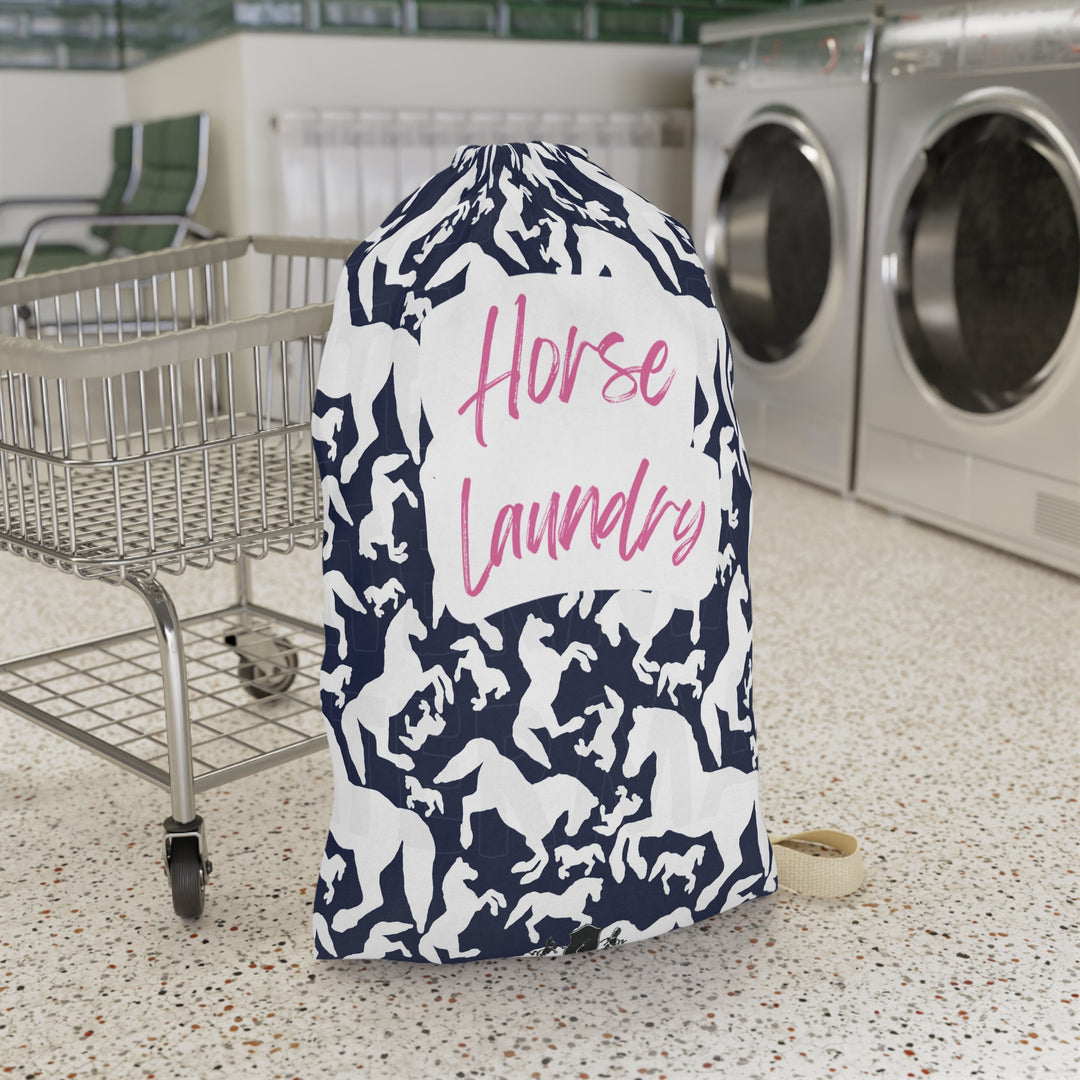
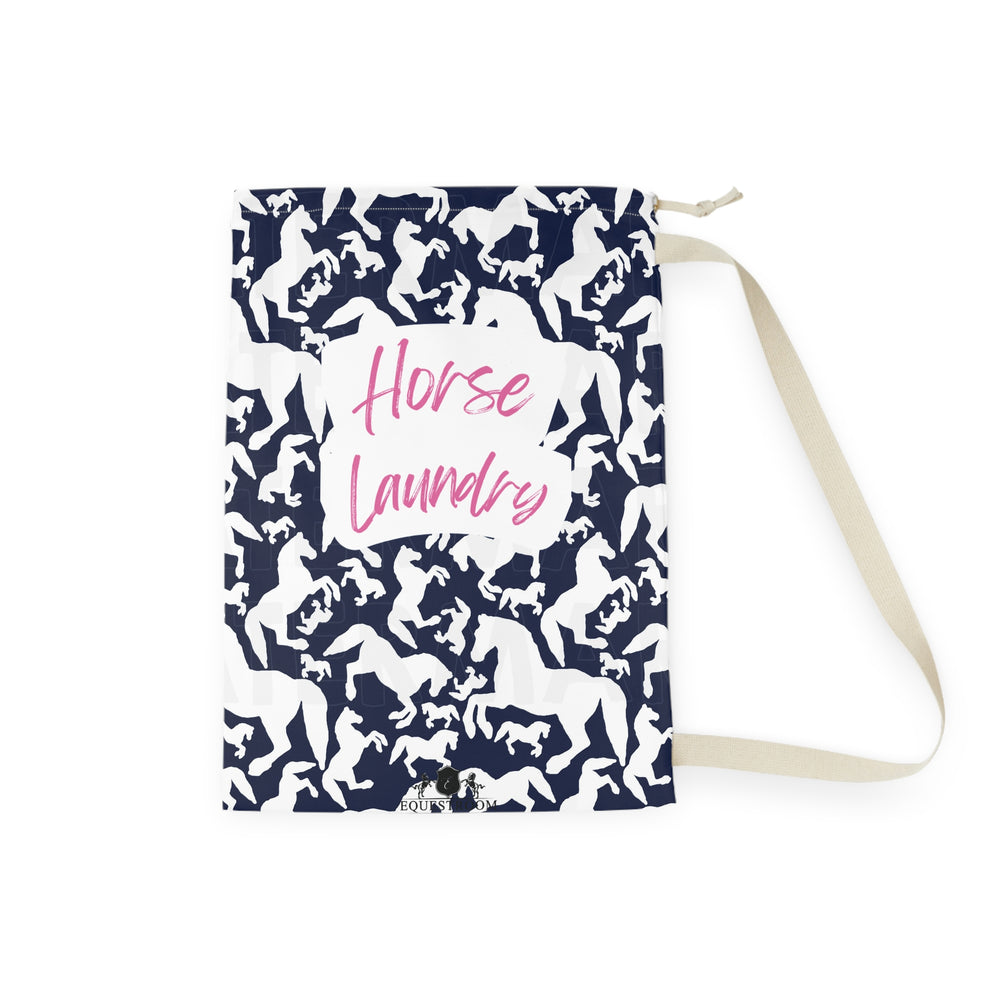
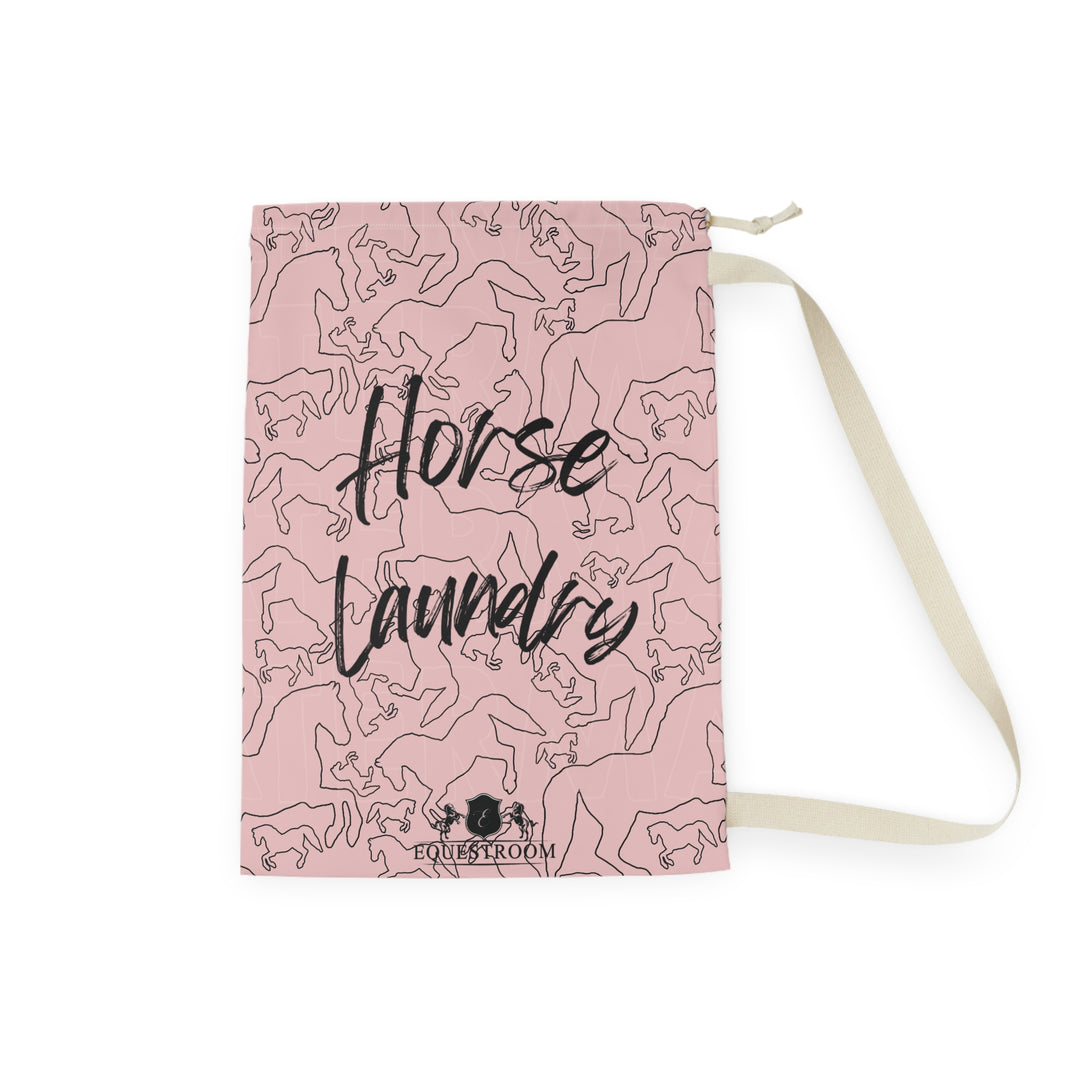
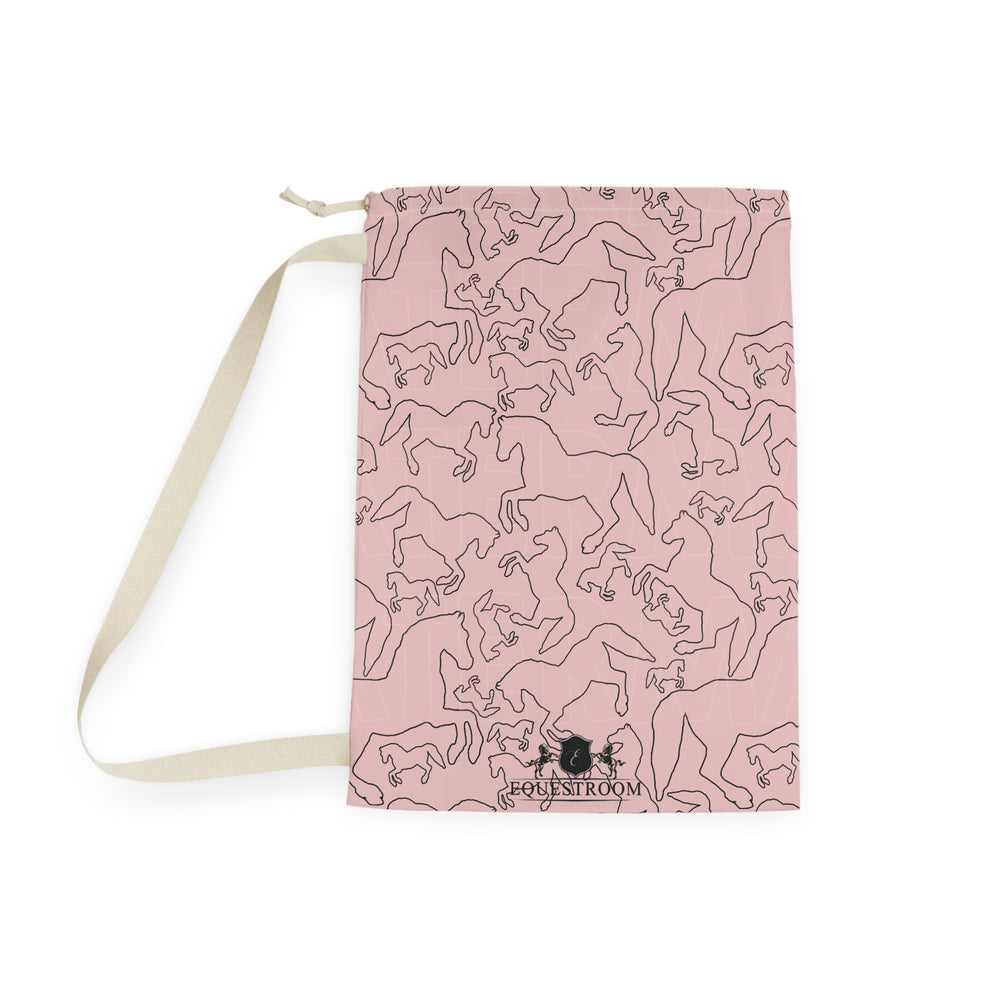
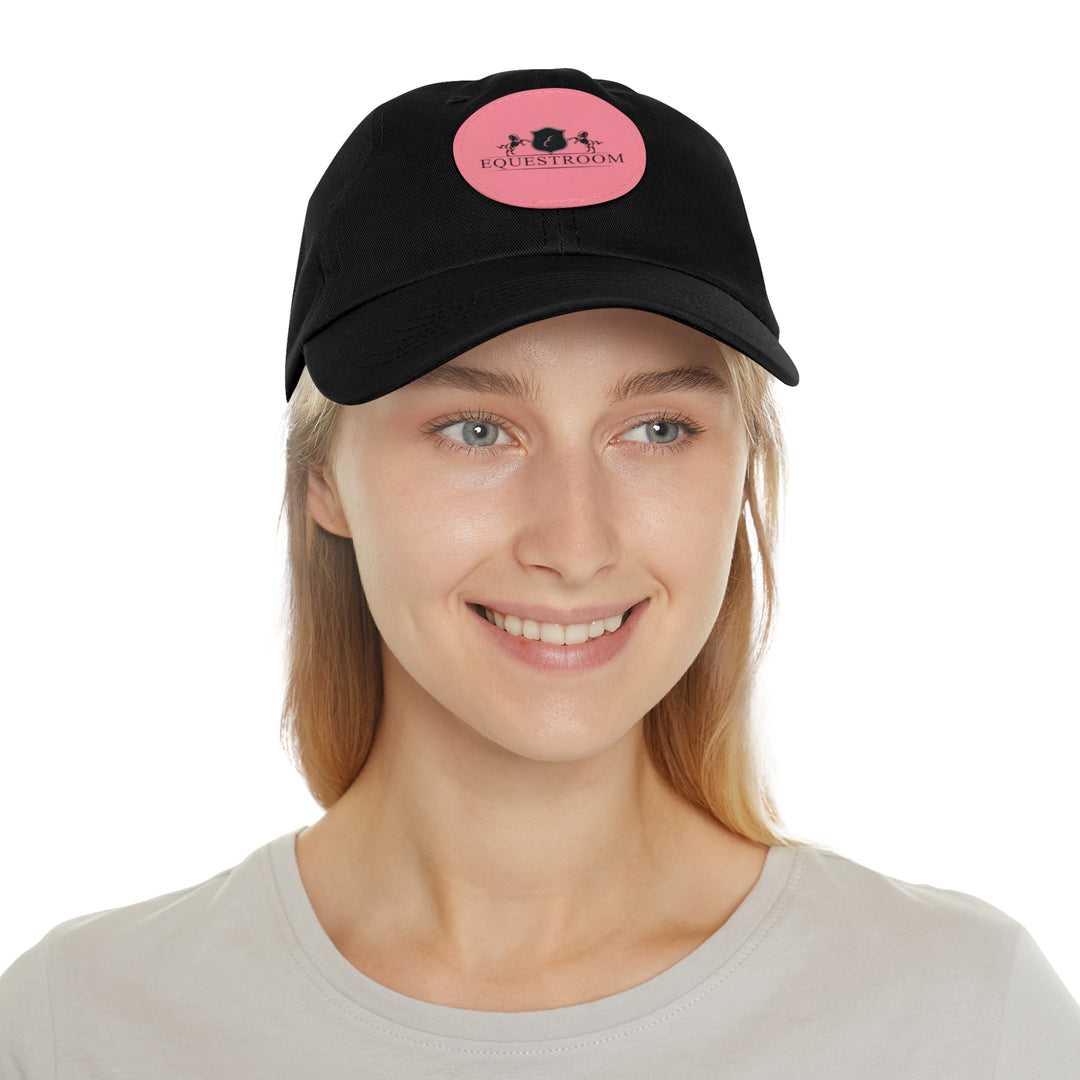

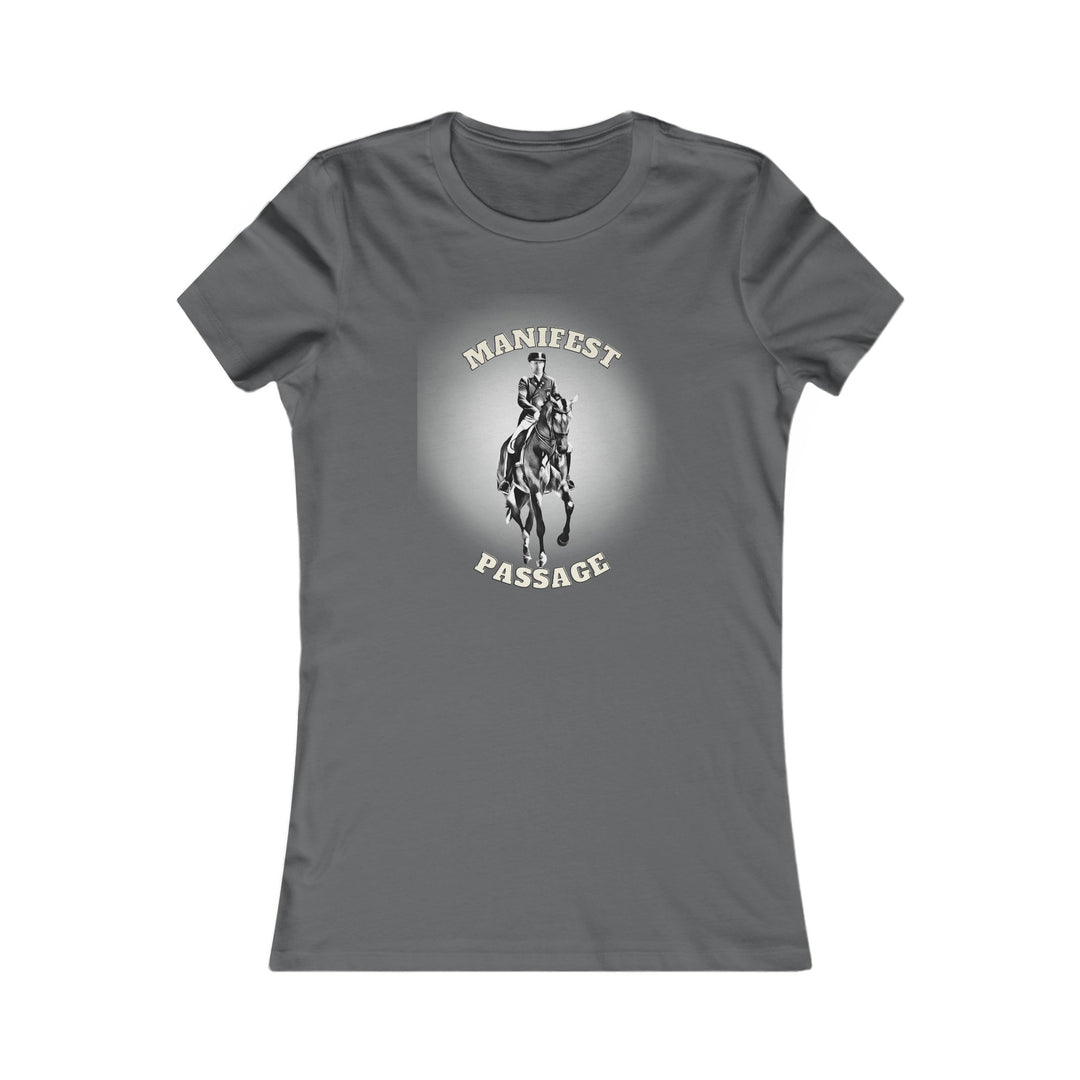
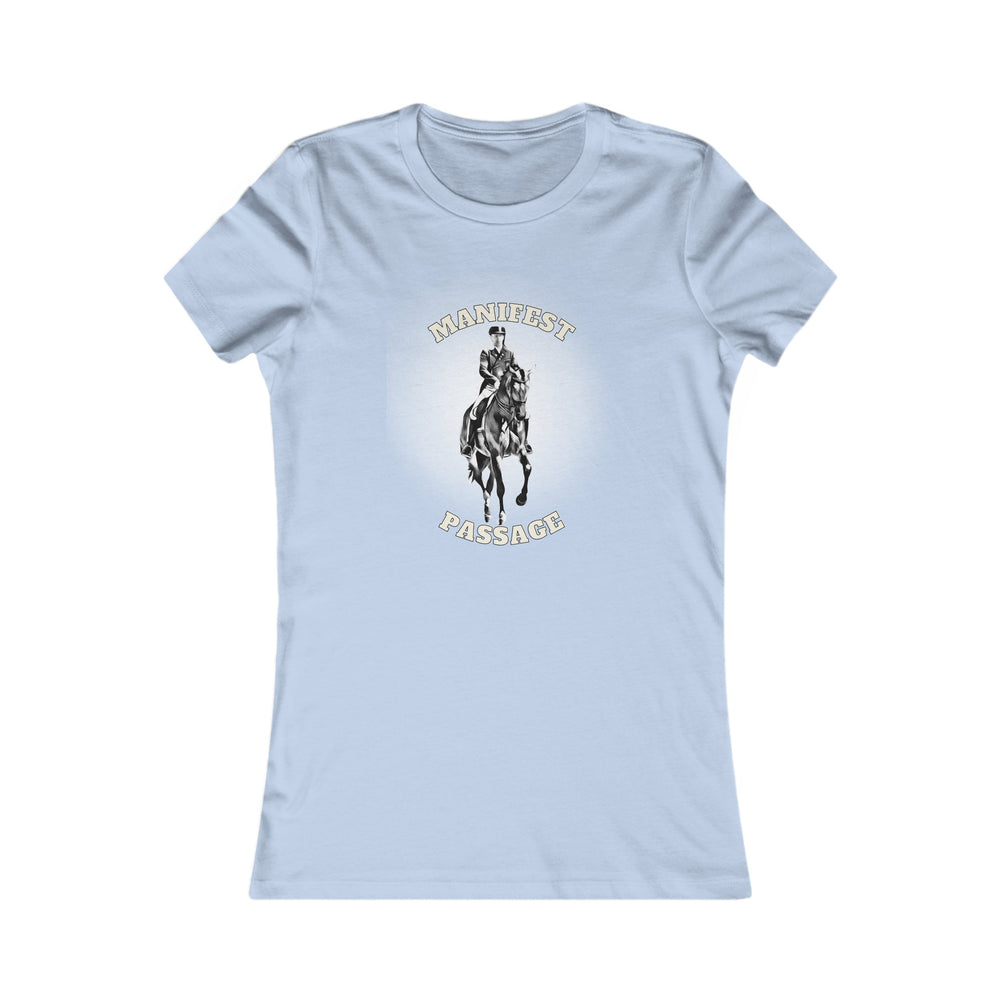
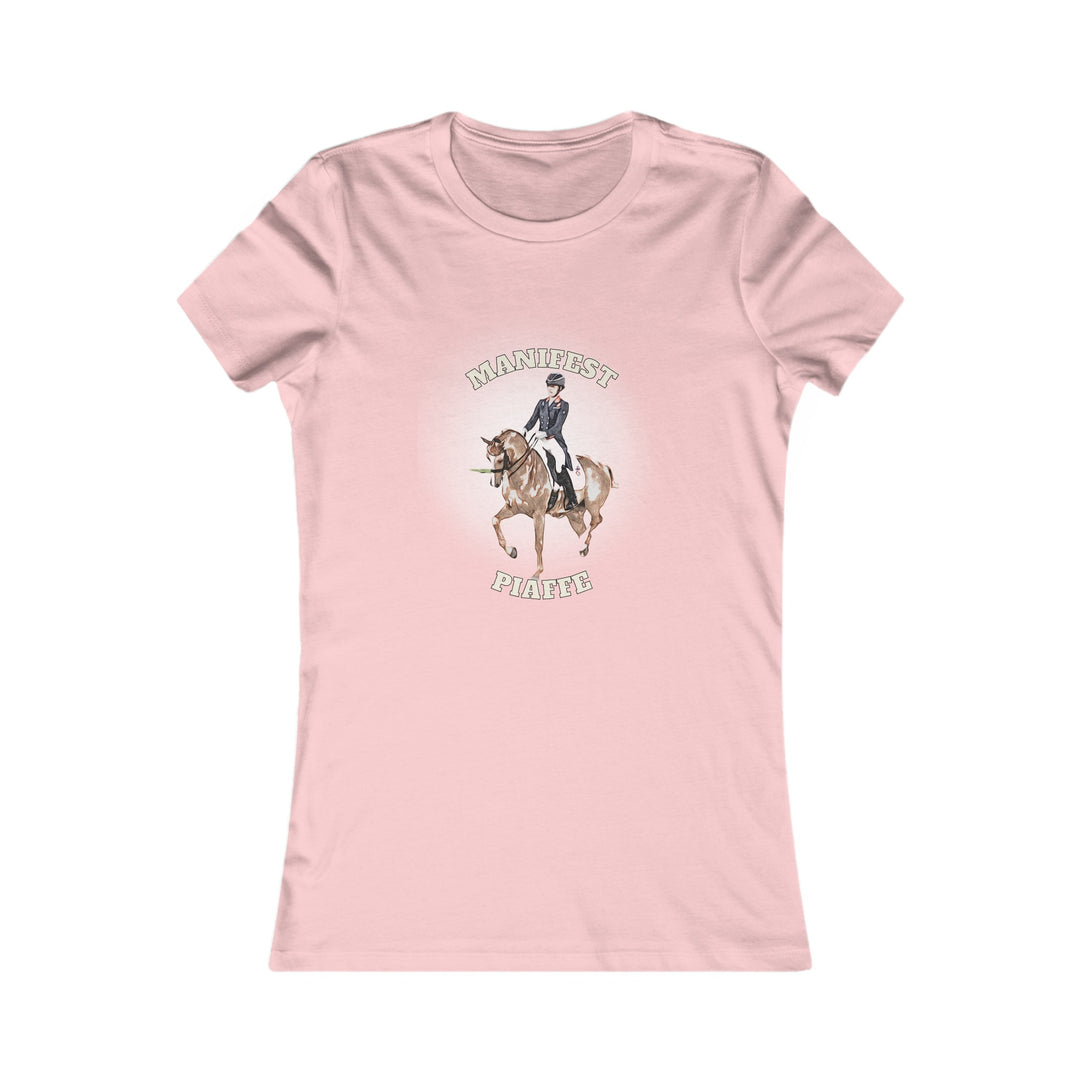
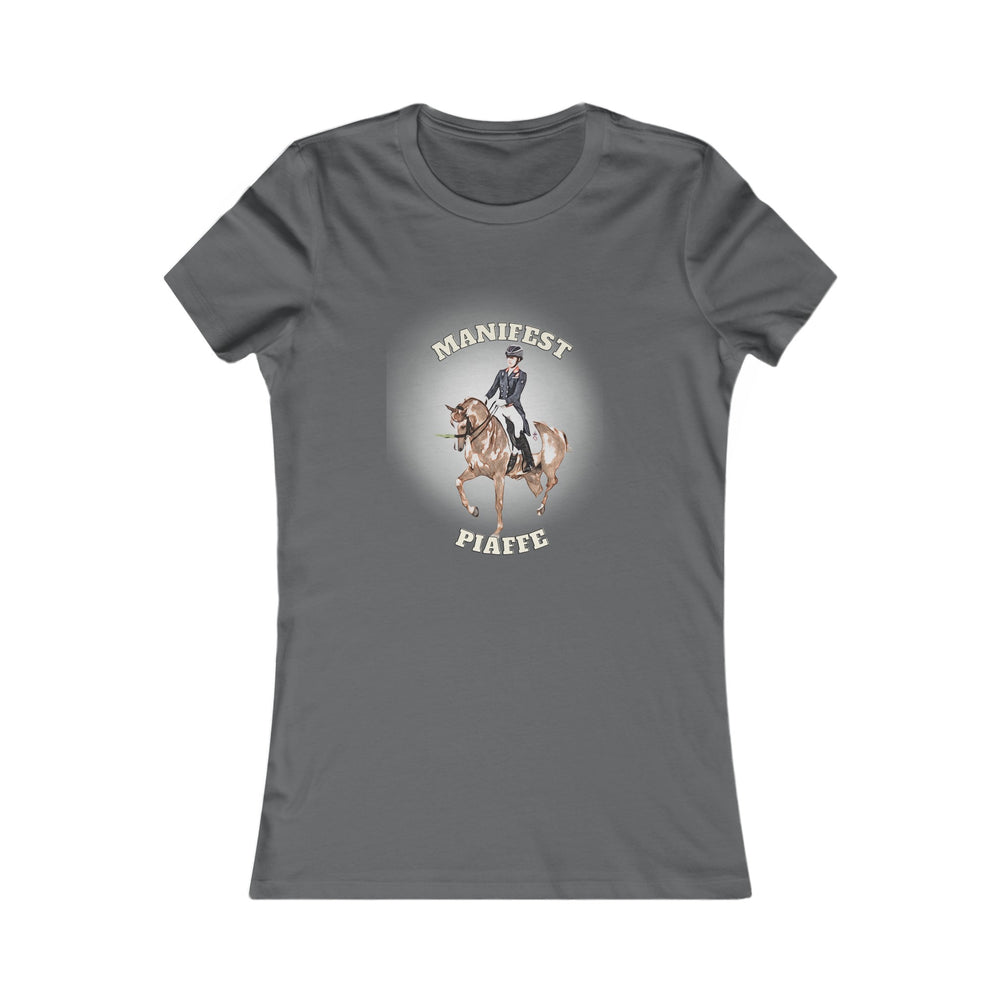
Very informative article; thank you!
Leave a comment